We supply electricity to over 353,000 residences and businesses through a vast network of hundreds of thousands of individual components such as poles, cables, conductors and switches. Our society and our economies rely on a reliable delivery of electricity 24 hours a day. When the power goes out, everything stops.
So why does the power go out?
Our power system is everywhere and in every neighbourhood. Sometimes it runs into trouble. Snowplows hit poles, windstorms blow through, people dig before they call, tree limbs brush up against conductors, and equipment can get old and stop working properly.
We keep track of all power interruptions, document the causes and catalogue them for further analysis. This is essential to help us decide where to invest in the power system. For example, if tree contacts appear to be on the rise, we take a look at our tree-trimming programs to see if adjustments are required.
Here are the categories our industry uses:
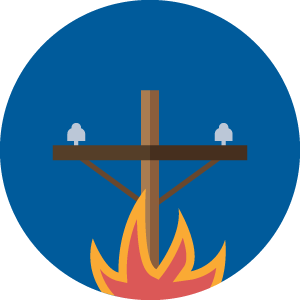
Adverse Environment are interruptions due to electrical distribution equipment being exposed to an abnormal environments, such as road salt spray, humidity, corrosion, vibration, fire, or flooding.
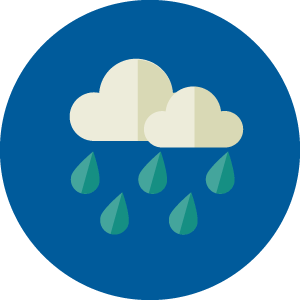
Adverse Weather such as extreme rain, ice, snow, wind, temperatures, freezing rain and frost can disrupt the power system. The 2013 Christmas ice storm in the Greater Toronto Area (GTA) is a good example.
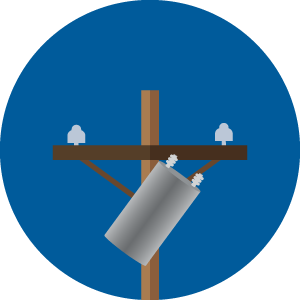
Defective Equipment includes failures of electrical distribution system components primarily due to aging. Large capital investments keep these failures in check by replacing aging equipment. This is a growing issue, and equipment failures are the biggest single cause of power failures.

Foreign Interference is events caused by things beyond our control, such as animal contact (we have a lot of outages from squirrel and bird contacts), vehicles hitting things, unsafe excavations, vandalism and foreign objects, for example, metallic balloons.
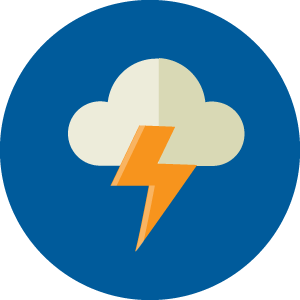
Lightning hitting our distribution system can cause havoc. The massive energy in a lightning strike is usually mitigated through specialized equipment, but sometimes it gets through and causes damage.
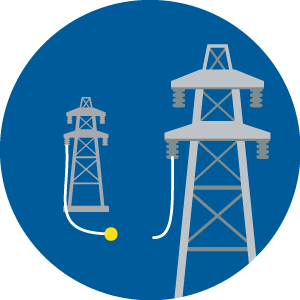
Loss of Supply refers to problems on Hydro One’s transmission system. We rely on them to deliver power to us from the Ontario grid and if they can’t, our customers can be affected, even though there’s nothing wrong with our system. The 2003 blackout is a good example of this.

Scheduled Outages are interruptions that we plan and manage so we can safely carry out construction or preventive maintenance on the electrical distribution system. This is the only category that we can control – the others are all unplanned.

Tree Contacts are a common cause of power interruptions, especially in urban environments. If the trees get too close to the conductors they can be both a safety hazard and an outage waiting to happen. To manage this we have a robust tree-trimming program.

Unknown is self-explanatory. Sometimes an outage will occur and even after investigation, we won’t find any obvious cause. Power gets restored and it’s chalked up as unresolved.
The best utilities, like Hydro Ottawa, are very good at analyzing, interpreting and reacting to this data. Considerable effort goes into understanding the root cause of why the power goes out, the trends over time and the customer impact. This knowledge is the foundation for our distribution maintenance and capital programs which are there to ensure that the system is in good shape to deliver power to our customers as reliably as possible.